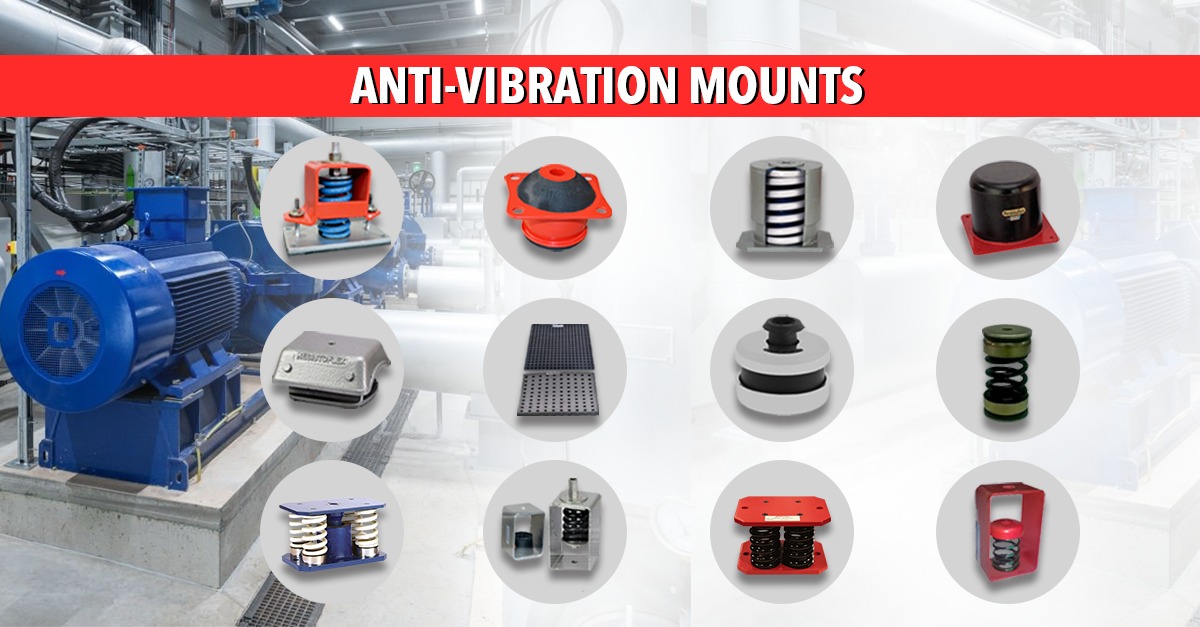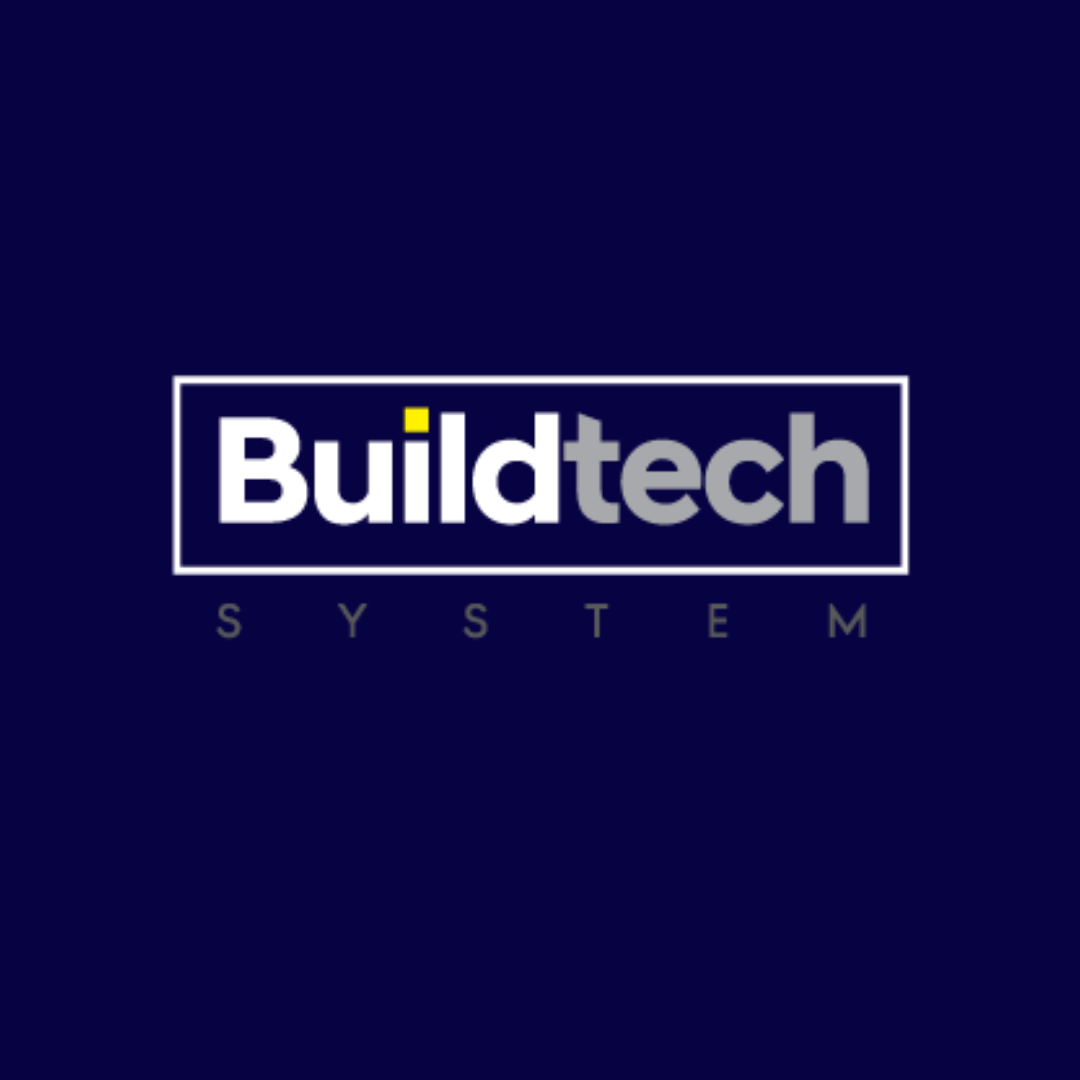: Sheet Metal Product Designing: Strategies for Functionality, Manufacturability & Cost Efficiency
By [Your Name] | Guest Contributor
In today’s fast-paced product development environment, sheet metal product designing stands at the intersection of engineering precision and scalable manufacturing. From consumer electronics to industrial enclosures and automotive components, sheet metal design ensures products are not only structurally sound and visually appealing, but also easy to manufacture and cost-effective.
In this guest post, we’ll explore the fundamentals of designing with sheet metal, share actionable tips for better manufacturability, and highlight design practices that can drastically reduce production costs without sacrificing performance.
What Is Sheet Metal Product Designing?
Sheet metal product design involves creating detailed 3D models and 2D drawings of parts or assemblies made from thin, flat metal sheets. These products are formed using processes like cutting, bending, punching, and welding, making it essential that designers consider both geometry and manufacturability from the earliest stages.
Key Considerations in Sheet Metal Product Design
1. Material Selection
Choosing the right sheet metal—such as aluminum, stainless steel, or cold-rolled steel—impacts not only mechanical strength but also corrosion resistance, weight, and ease of fabrication. Always match material properties to the product’s use-case and environmental exposure.
2. Design for Manufacturability (DFM)
A successful product design minimizes production complexity and maximizes yield:
Maintain uniform wall thickness to avoid expensive machining.
Design with standard bend radii and angles.
Include relief features around bends and corners to prevent tearing.
3. Tolerances and Fit
Tight tolerances increase manufacturing difficulty and cost. Define tolerances only where necessary and design features with sufficient clearance for processes like laser cutting, forming, and joining.
Common Features in Sheet Metal Products
Good sheet metal design integrates features that enhance assembly, strength, and function:
Louvres and Embosses: Add rigidity or ventilation without extra components.
Tabs and Slots: Enable self-locating assemblies and reduce fastener count.
Hinges and Locks: For enclosures and access panels.
Mounting Holes and Fastener Integration: Designed based on standard hardware sizes.
Prototyping and Iteration
Before full-scale production, rapid prototyping using CNC laser cutting or 3D printing (for forming jigs) can validate your design. Feedback during prototyping helps identify issues like over-tight bends, tolerance mismatches, or difficult-to-reach weld seams.
Best Practices for Sheet Metal Product Designers
Avoid over-complicating designs: Simplicity speeds up fabrication.
Work closely with fabricators: Their feedback can highlight potential cost or process issues.
Use CAD tools with sheet metal modules: Programs like SolidWorks, Fusion 360, or CATIA streamline unfolding, flat pattern generation, and error checking.
Plan for surface finishing early: Powder coating, anodizing, or plating can affect part fit and aesthetics.
Applications of Sheet Metal Products
Sheet metal is everywhere:
Electronics: Laptop chassis, server enclosures
Automotive: Brackets, battery housings, body panels
Industrial Equipment: Machine guards, control boxes
HVAC: Ducts, vent covers, structural frames
: Sheet Metal Product Designing: Strategies for Functionality, Manufacturability & Cost Efficiency
By [Your Name] | Guest Contributor
In today’s fast-paced product development environment, sheet metal product designing stands at the intersection of engineering precision and scalable manufacturing. From consumer electronics to industrial enclosures and automotive components, sheet metal design ensures products are not only structurally sound and visually appealing, but also easy to manufacture and cost-effective.
In this guest post, we’ll explore the fundamentals of designing with sheet metal, share actionable tips for better manufacturability, and highlight design practices that can drastically reduce production costs without sacrificing performance.
What Is Sheet Metal Product Designing?
Sheet metal product design involves creating detailed 3D models and 2D drawings of parts or assemblies made from thin, flat metal sheets. These products are formed using processes like cutting, bending, punching, and welding, making it essential that designers consider both geometry and manufacturability from the earliest stages.
Key Considerations in Sheet Metal Product Design
1. Material Selection
Choosing the right sheet metal—such as aluminum, stainless steel, or cold-rolled steel—impacts not only mechanical strength but also corrosion resistance, weight, and ease of fabrication. Always match material properties to the product’s use-case and environmental exposure.
2. Design for Manufacturability (DFM)
A successful product design minimizes production complexity and maximizes yield:
Maintain uniform wall thickness to avoid expensive machining.
Design with standard bend radii and angles.
Include relief features around bends and corners to prevent tearing.
3. Tolerances and Fit
Tight tolerances increase manufacturing difficulty and cost. Define tolerances only where necessary and design features with sufficient clearance for processes like laser cutting, forming, and joining.
Common Features in Sheet Metal Products
Good sheet metal design integrates features that enhance assembly, strength, and function:
Louvres and Embosses: Add rigidity or ventilation without extra components.
Tabs and Slots: Enable self-locating assemblies and reduce fastener count.
Hinges and Locks: For enclosures and access panels.
Mounting Holes and Fastener Integration: Designed based on standard hardware sizes.
Prototyping and Iteration
Before full-scale production, rapid prototyping using CNC laser cutting or 3D printing (for forming jigs) can validate your design. Feedback during prototyping helps identify issues like over-tight bends, tolerance mismatches, or difficult-to-reach weld seams.
Best Practices for Sheet Metal Product Designers
Avoid over-complicating designs: Simplicity speeds up fabrication.
Work closely with fabricators: Their feedback can highlight potential cost or process issues.
Use CAD tools with sheet metal modules: Programs like SolidWorks, Fusion 360, or CATIA streamline unfolding, flat pattern generation, and error checking.
Plan for surface finishing early: Powder coating, anodizing, or plating can affect part fit and aesthetics.
Applications of Sheet Metal Products
Sheet metal is everywhere:
Electronics: Laptop chassis, server enclosures
Automotive: Brackets, battery housings, body panels
Industrial Equipment: Machine guards, control boxes
HVAC: Ducts, vent covers, structural frames










